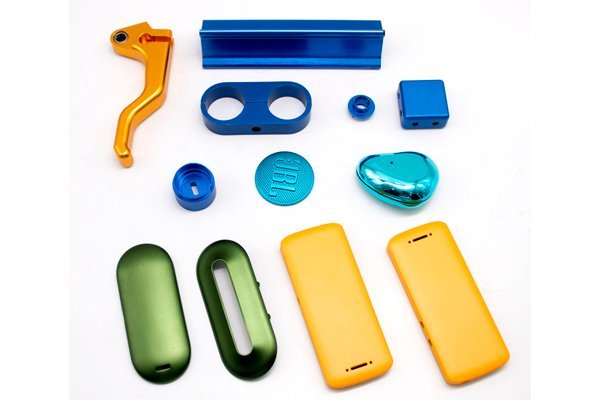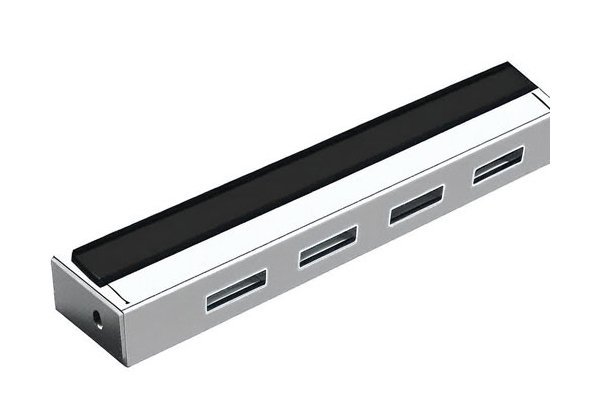Did you know that over 30% of all manufacturing firms list precision machining as their top operational priority? With the increasing demand for high-quality components in industries ranging from aerospace to automotive, the significance of choosing the right industrial equipment for CNC machining cannot be overstated. This pivotal decision can greatly influence efficiency, operational costs, and overall product quality.
Understanding CNC Machining
Before diving into the equipment selection process, let’s take a moment to understand what CNC (Computer Numerical Control) machining entails. CNC machining is a process that utilizes computer software to control machine tools and automate tasks such as drilling, milling, or turning. The ability to automate these tasks not only enhances accuracy but also improves production speeds significantly.
The advent of CNC technology has transformed the manufacturing landscape. As a result, industries are confronted with the challenge of selecting appropriate equipment tailored to their specific machining materials and project requirements. It is crucial to make informed decisions that align with both the material properties and the intended application of the components.
Factors to Consider When Choosing CNC Equipment
Types of CNC Equipment
Understanding the various types of CNC equipment and their specific applications is vital in making the right choice:

Evaluating Potential Equipment Vendors
Once you have outlined your needs, evaluating potential vendors is the next step in choosing the right industrial equipment. Here are some criteria to assess:
Case Study: Implementing CNC Equipment in a Manufacturing Setting
To illustrate the importance of proper equipment selection, let’s examine the case of a mid-sized aerospace component manufacturer. Faced with increased orders and stringent precision requirements, the company recognized the necessity of upgrading its CNC equipment.
Step 1: Needs Assessment
The company conducted a comprehensive needs assessment that highlighted the requirement for high-volume production without sacrificing quality. The evaluation considered the materials involved, including titanium and aluminum alloys.
Step 2: Selecting Equipment
Based on this assessment, the manufacturer decided to invest in advanced multi-axis CNC mills to effectively handle complex component geometries and improve production speed. They also opted for CNC lathes specifically designed for lightweight materials like aluminum.
Step 3: Post-Purchase Support
The vendor selected was known for its robust training and support programs, ensuring that the staff was well-equipped to operate the new machinery effectively.
Results: After implementation, the company reported a significant increase in production efficiency and a notable reduction in errors, which directly contributed to customer satisfaction and loyalty. This case exemplifies how strategic equipment selection can yield tangible benefits in a competitive manufacturing landscape.
Choosing the right industrial equipment for CNC machining involves careful consideration of multiple factors, including material type, machining processes, precision requirements, budget, and vendor support. With the rapid advancements in technology within the CNC machining domain, staying informed about the latest equipment and techniques is crucial for manufacturing success.
As industries grow and evolve, the choices made today will shape manufacturing capabilities in the future. By investing time and resources into selecting the right equipment, you will not only enhance operational efficiencies but also improve product quality, ultimately leading to higher customer satisfaction.
Remember, the decisions surrounding CNC machining equipment are not merely operational; they are strategic moves that have lasting implications on productivity and business success. As you navigate through your equipment choices, consider this blog as a valuable resource to help guide you in making informed decisions for your manufacturing needs.






